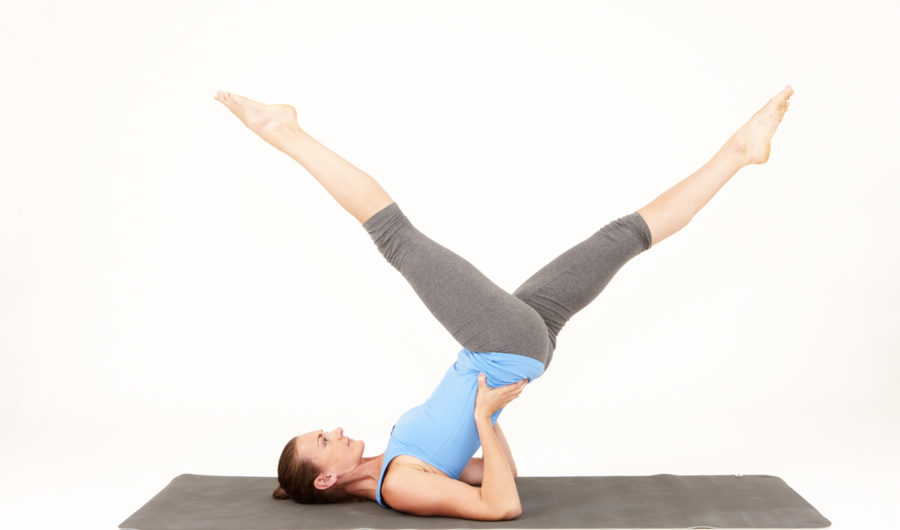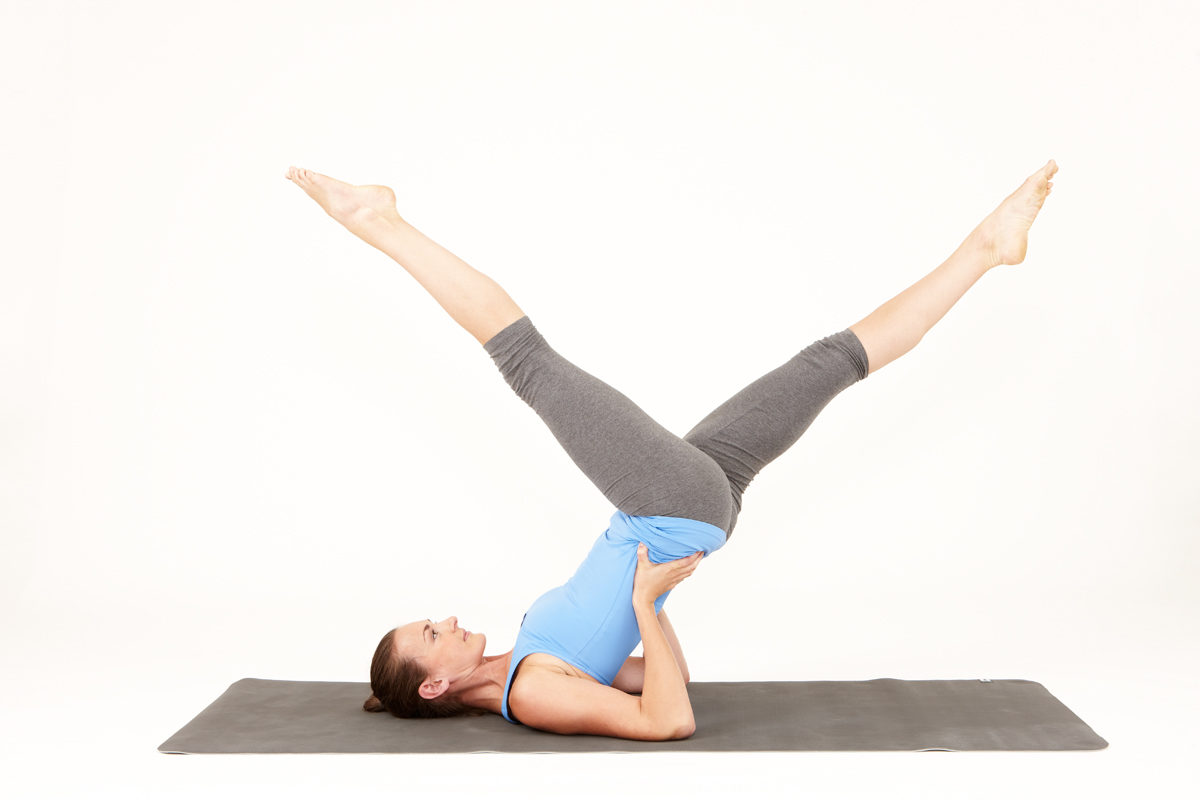words by Katherine Pentecost
What is Pilates all about?!
Pilates…so much to say so little time! Pilates used to be called “Contrology”, and was invented by Joseph Pilates. Derived from his experience in various forms of exercise such as yoga, gymnastics, weightlifting and martial arts, Jo Pilates used his method of mind and body conditioning religiously to keep his body strong, having suffered from ill health during his adolescence. During the war Joseph Pilates also taught patients – his theory was to keep them moving to keep them healthy… most of the time he was right.
Pilates is a low impact form of exercise that works at strengthening core muscles and stretching tight ones thus rebalancing the body’s alignment and correcting posture. Athletes, golfers, swimmers and many more sports people are now using Pilates as a major component of their training. What is great about Pilates is that it’s suitable for everyone – it can be slow and gentle or dynamic and intense. So whether you’re recovering from an injury, want to tone up, or already strong and fit, there’s something for everyone.
So that’s the general principal, and the most commonly form of Pilates found in the UK is matwork. As the names suggests this is performed on a mat similar to those used in yoga. It can involve small equipment such as balls, bands and free weights and gives you the freedom to practice anywhere and everywhere!
So what’s the difference between matwork Pilates and reformer Pilates?
Definition of REFORM : “to put or change into an improved form or condition; to amend or improve by removal of faults, reversion to a pure original state, to repair, restore or to correct”
The Reformer is a machine used in Pilates that has springs, ropes, pulleys all attached to a moving carriage to give resistance to Pilates matwork exercises. We use it because it creates a closed chain environment, which means you have more contact between your body and something solid allowing you more body awareness in terms of where your body is in space. This helps you to be better aligned and therefore work your joints in the most healthy and effective positions. Depending on what levels of resistance you choose it can make basic exercises more challenging or on the other hand offer support in more advanced exercises.
Top Five Tips for attending your first Pilates class…
1. You would expect to make mistakes learning a new language… Pilates is no different! Don’t worry if it feels a little alien, it can seem complicated to start but precision of movement is what’s so beneficial for your joints and good muscle recruitment.
2. We say relax! Sometimes less is more so try to leave the tension at the door to allow yourself more freedom of movement in class.
3. Don’t judge a book by it’s cover. Pilates has many stigmas attached to it, such as it’s only for dancers, it’s all about breathing and connecting your pelvic floor and the list goes on… the truth is you just need to find a class that’s the right level for you and a teacher you get on with!
4. Breathe. Holding your breath will leave you bracing and hinder your movement. If you find breathing patterns tricky to follow, just move your body and trust that the breath will come later.
5. Be comfortable. Wear something that isn’t going to make you feel self conscious and, on a practical level, isn’t going to dig in (avoid clothing with zips and buttons where possible).
Questions? Email Katherine at [email protected] or visit www.shoreditchpilates.com














